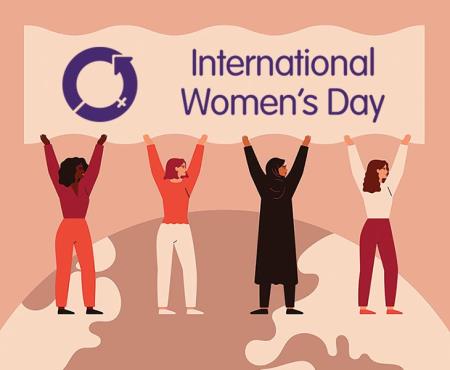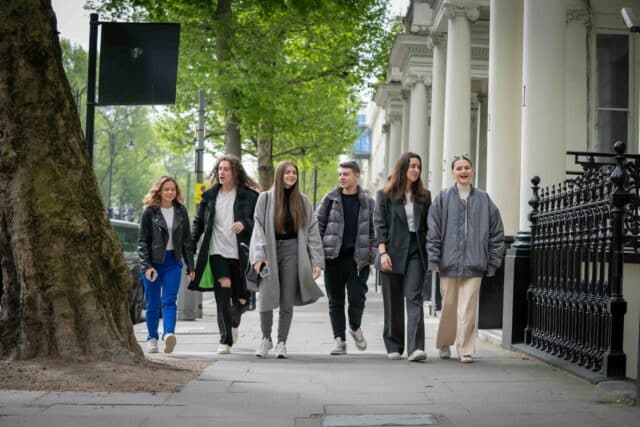Related articles
Today is International Women’s Day- this week we are highlighting the women who inspire our students and staff at Kensington Park School.
Continuing our series of discussing women who have inspired us from different eras in history as well as those in different roles today, our students have focused on women in STEM roles.
Women have had a huge influence on the science and technology that impact our daily lives.
Marie Curie was nominated by Haile (Year 13), Zhanna (Year 7) and Julian (Year 9).
Haile explained “I think that she is the bravest women in history of females and the most determinate person in her times due to inequalities. She demonstrated that females are equally capable of doings that are highly challenging and have a significant impact on science.” Julian added “Her discovery of the element Radium benefited Chemistry significantly. She also worked on radioactivity, which increased our knowledge of the atom and how it behaves.” Zhanna noted her achievements despite personal challenges, “Marie Curie was a two-time Nobel prize winning scientist, who discovered radioactivity. This discovery saved countless lives. Marie Curie was a really strong woman, all though she lost her husband. I think that we all should respect Marie Curie, because she showed us that if you have a goal you should strive for it.”
Rosalind Franklin was also a popular nomination, from Mr Middleton, Dr Sullivan and Lara (Year 10).
Mr Middleton explained “Franklin worked in an era when men dominated science and the contribution of women was unjustly overlooked and undervalued. She went to Newnham College, Cambridge in 1938 and passed her finals in 1941, but was only awarded a ‘degree titular’ as women were not entitled to degrees at that time. She is best known for her work on the structure of DNA. Her data was a part of the evidence used by Crick and Watson to formulate their 1953 hypothesis regarding the structure of DNA. After finishing her work on DNA, she led pioneering research on tobacco and polio viruses.
She died from ovarian cancer at the age of 37, four years before Crick, Watson and Wilkins were awarded the Nobel Prize in 1962 for their work on DNA. Franklin was unable to receive the prize as Nobel Prizes are not able to be awarded posthumously, but she received no mention or acknowledgement in their acceptance speeches of her ground breaking work. Although Franklin’s contribution to the ‘discovery’ of DNA is now widely recognised, her contribution was not recognised in many science books until the 1990s.”
Lara also noted her lack of recognition. “She was a chemist whose work was central to the understanding of the molecular structures of DNA. However, it was stolen by two men and she never received recognition for what she had done until she died. She should be celebrated because her discoveries allowed scientists in the future to progress in their work.”
Dr Sullivan adds “I think she’s great as she was practicing science at a time when it was very frowned upon for women, and it’s through genetics that we’ve been able to produce vaccines for Covid (as well as the variants).”
Mr Valente nominated Mae Jemison, “an Astronaut, Educator and a Doctor. She was the first African-American woman in space! I’ve chosen her as a huge inspiration in physics and an important role model.”
Georgios (Year 11) suggested Sophie Germain “For her contributions to mathematics and physics, despite the multitude of limitations society had put on her in her time, and as an inspiration to aspiring mathematicians everywhere, and aspiring people in all fields who live in environments not yet made suitable for the thriving of the intellectual will.”
Maia (Year 7) nominated Florence Nightingale. “I think she should be celebrated because she did some amazing things that helped win the war. I chose her because I think she is one of the lesser known people when you think of inspirational women. She and her team of nurses saved over 5 thousand soldiers.”






